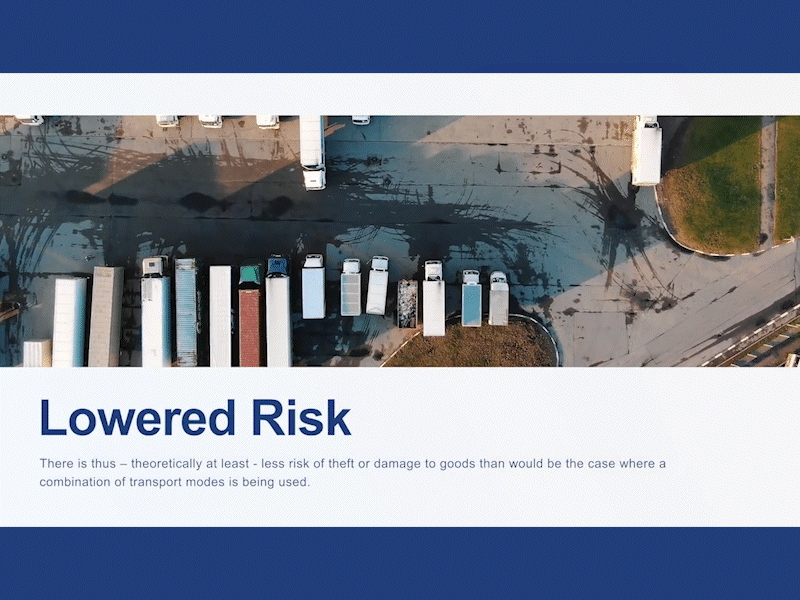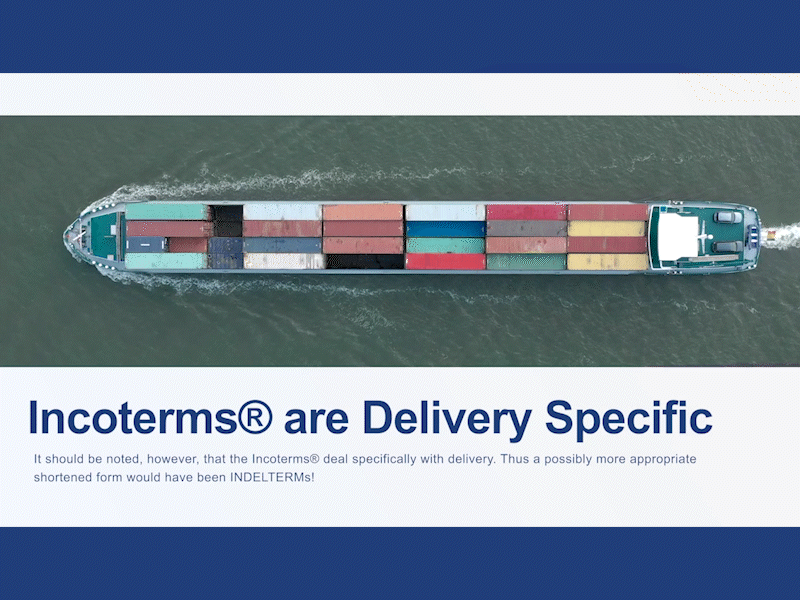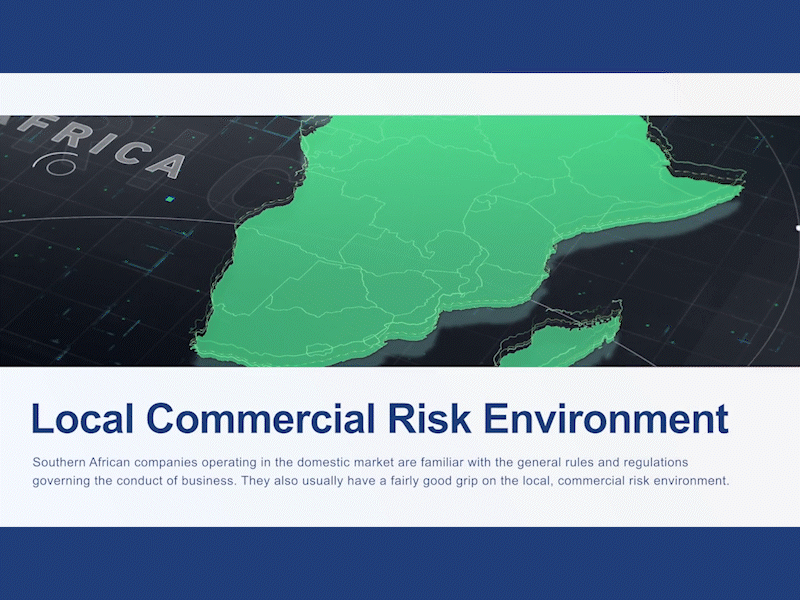Choosing the most appropriate mode of transport when exporting your goods to foreign markets significantly influences your business’s international success. However, choosing whether to use ocean transport, air freight, road freight, rail freight, or a combination of transport modes requires careful consideration and planning. This article looks at three critical factors to consider when selecting an appropriate transport mode.
The Nature of the Cargo to be Shipped
The size, weight, durability, and value of the cargo to be shipped play a major role in the choice of transport mode. The nature of the product to be shipped makes it more suitable for particular transport modes. For example, bulk commodities such as coal, grains or crude oil will not be ideal for air freight due to the size and value of the cargo. Similarly, high-value, low-weight medical supplies will probably not be suitable for ocean transport due to the voyage time and transport conditions encountered when shipping goods by sea. Instead, bulk commodities are better suited for ocean transport and high-value medical supplies to air freight. The nature of your product could also exclude specific modes of transport as options entirely. For example, certain dangerous or flammable goods are prohibited from being transported by air.

Geographic Location
Your geographical location relative to your buyer will be a strong determinant of which mode of transport will be most optimal for the main leg of the journey. For example, air freight and ocean transport are your only options when you and your buyer are on different continents. However, assessing your geographical location goes much deeper than that. When exporting your goods, you must consider the overall conditions your goods will have to endure while in transit. For example, while shipping your products to another SADC member state at first glance may be better suited to road freight, the road conditions, extreme temperatures, and delays at border crossings may warrant the usage of air freight.
Modes of Transport and your Buyer
While the nature of your product and your geographical location will give you a good indication of which transport mode is most appropriate to ship your goods, it is important to remember that your negotiations with your buyer will heavily influence the eventual transport service chosen. The international sales contract governing the transaction will indicate the agreed-to incoterm® and the buyers’ preferences regarding transportation. Both of which will influence the mode of transport used. Certain incoterms® are only applicable to specific modes of transport. For example, FOB, CFR, and CIF are only appropriate for ocean transport. Where an incoterm® does not specify the transport service, the contract might incorporate the buyer’s requirements regarding the mode of transport used for the main leg of the journey. Specific payment methods agreed upon in the international sales contract will also influence the mode of transportation chosen. For example, if the buyer’s letter of credit specifies that payment is conditional on a particular carrier’s transport document being presented. The exporter will have to use the selected transport service and the specific transport operator indicated.

Modes of Transport: Where to Next?
Choosing an appropriate mode of transport when exporting products to foreign buyers will require an assessment of your product characteristics, your geographical location relative to your buyer, and the agreed-upon details of your international sales contract. However, this list is by no means exhaustive. There is much more to consider when trading internationally and transporting your goods across borders. Module 5: “Choosing an appropriate transport service”, available on the TFSA School of Export, is an excellent way to learn more about the different modes of transport and determine a suitable option for your consignment of goods. Click the link below and sign up today for free!
To sign up to the School of Export CLICK HERE.
If you already have a profile, CLICK HERE to login to begin the module.










Leave a Reply